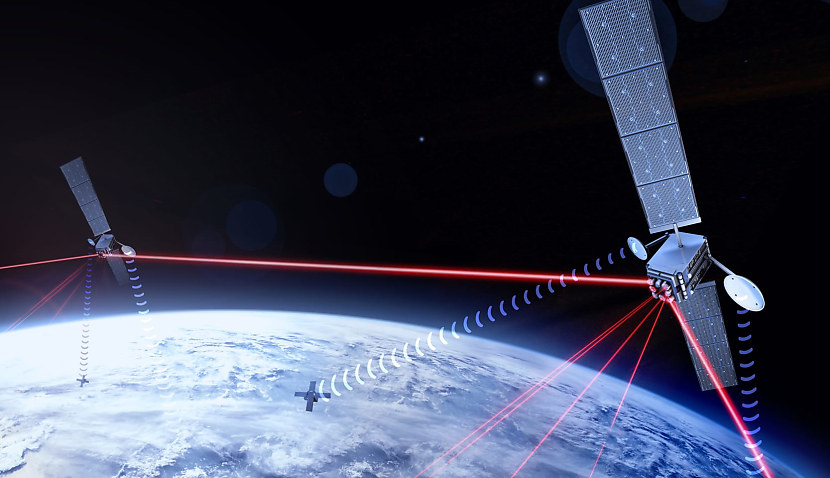
DARPA, the US Space Force, and the Space Development Agency (SDA) are developing new satellite constellations to increase the tactical capabilities of US space systems, however, new methods are needed to effectively leverage them.
Oversight seeks software solutions to enable autonomous constant custody, or knowledge of target location within accuracies necessary for mission needs, of up to 1,000 targets from space assets through management of available satellite hardware resources.
The project aims to support both peacetime and wartime monitoring of high-value targets in contested environments where resources and targets may be highly dynamic.
Lael Rudd, the program manager for Oversight in DARPA’s Tactical Technology Office welcomed the selection, saying, “Oversight seeks to support both peacetime and wartime simultaneous monitoring of high-value entities in contested environments, where resources and targets of interest are highly dynamic.”
The US Space Force has been involved since the origin of the program and the Oversight team is in discussions with the Space Development Agency about potential integration into the Proliferated Warfighter Space Architecture.
The US Department of Defense’s Joint All-Domain Command and Control (JADC2) might one day utilise Oversight’s space-based object tracking capability, providing enhanced situational awareness to assist in faster decision making and expediting government efforts to utilise the space domain during missions.
Phase 1 of the program will define tracking requirements, resource management needs, and interface between technologies in development. In parallel, DARPA will assess current government-owned applications and services that could be leveraged.
This phase will span 15 months, with a possible option of three months in continued development if needed.
“We are working with the military service branches on early transitions during Phase 1. We want to get initial products out as fast as possible and that will help cultivate the development needs in Oversight Phase 2, during which we plan to have applications running on hardware resources,” Rudd explained.
After the yearlong Phase 2, DARPA aims to transition Oversight capabilities for integration into in-orbit spacecraft by Fiscal Year 2026.
“Meeting Oversight’s goals will enable military personnel to track important targets of interest at a large scale with fewer operators than is possible today,” Rudd added.

Adam Thorn
Adam is a journalist who has worked for more than 40 prestigious media brands in the UK and Australia. Since 2005, his varied career has included stints as a reporter, copy editor, feature writer and editor for publications as diverse as Fleet Street newspaper The Sunday Times, fashion bible Jones, media and marketing website Mumbrella as well as lifestyle magazines such as GQ, Woman’s Weekly, Men’s Health and Loaded. He joined Momentum Media in early 2020 and currently writes for Australian Aviation and World of Aviation.
Receive the latest developments and updates on Australia’s space industry direct to your inbox. Subscribe today to Space Connect here.









